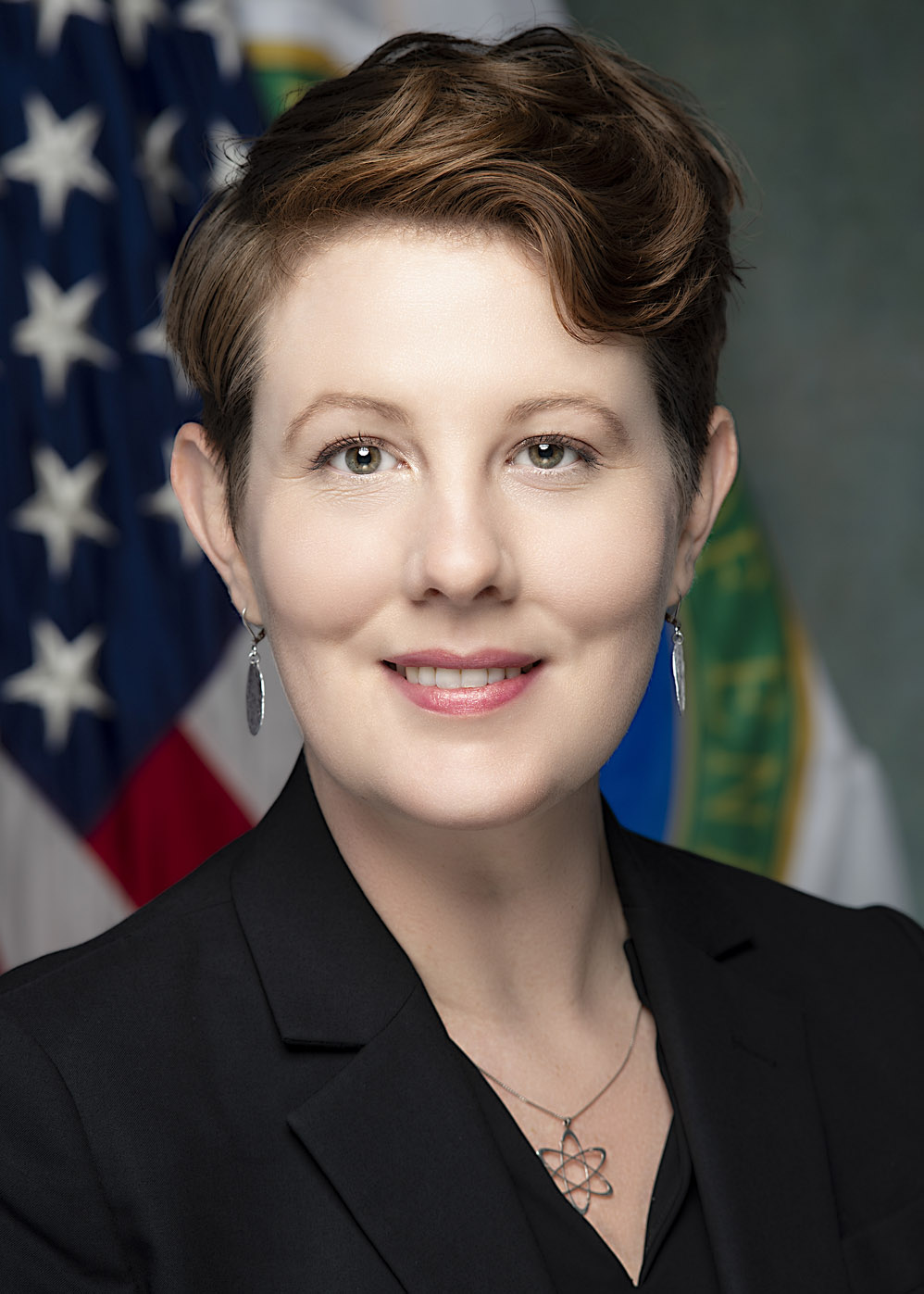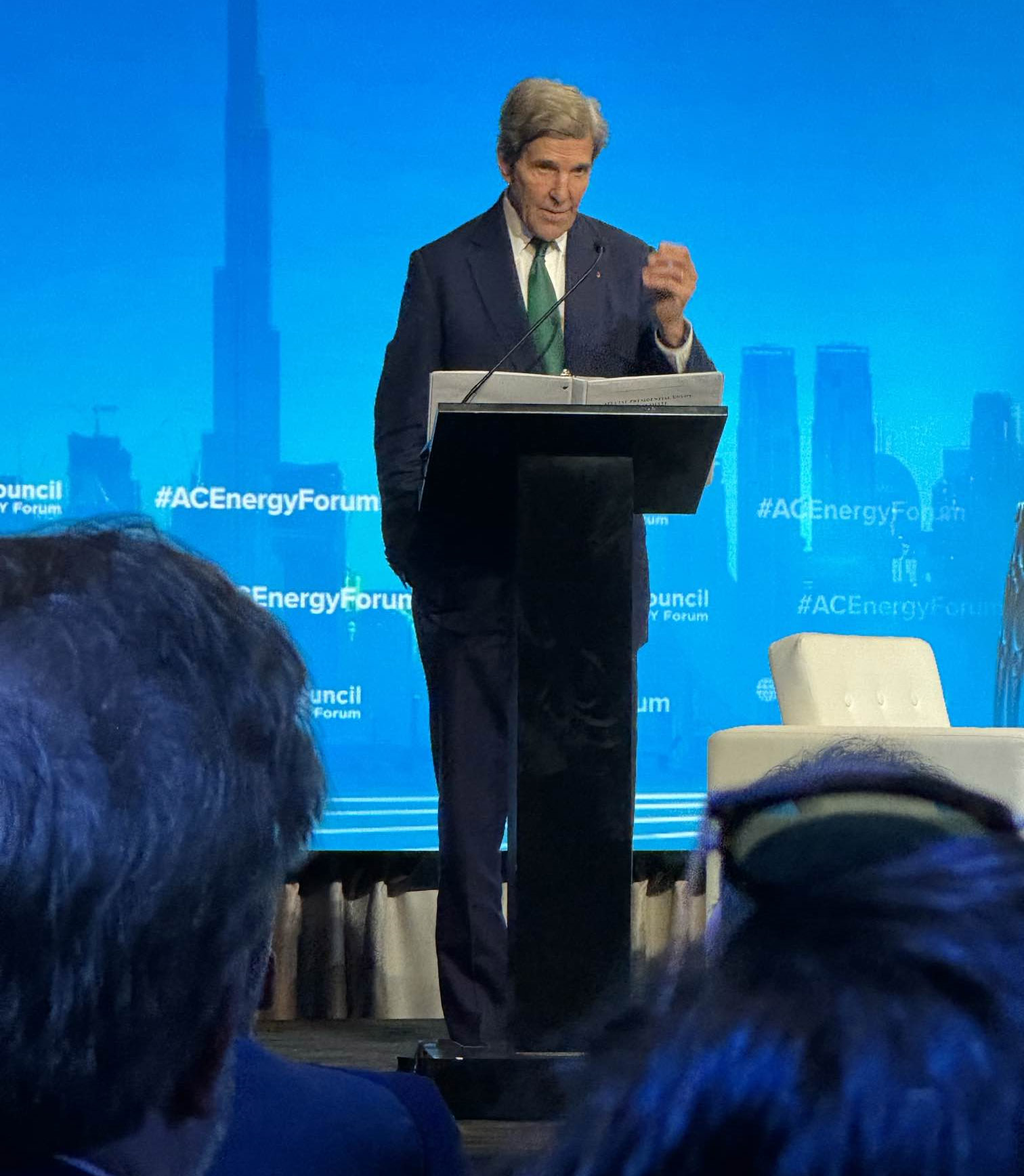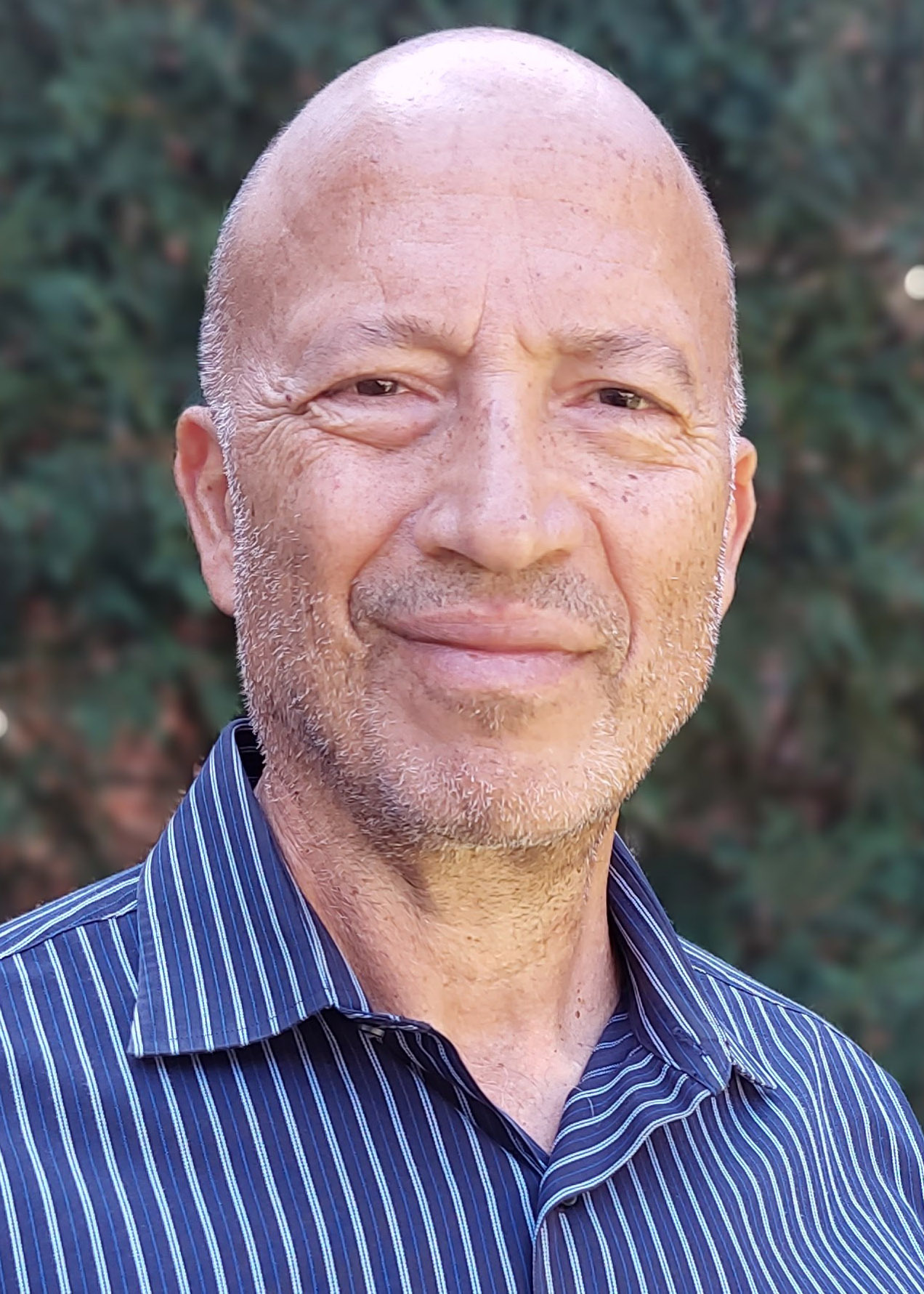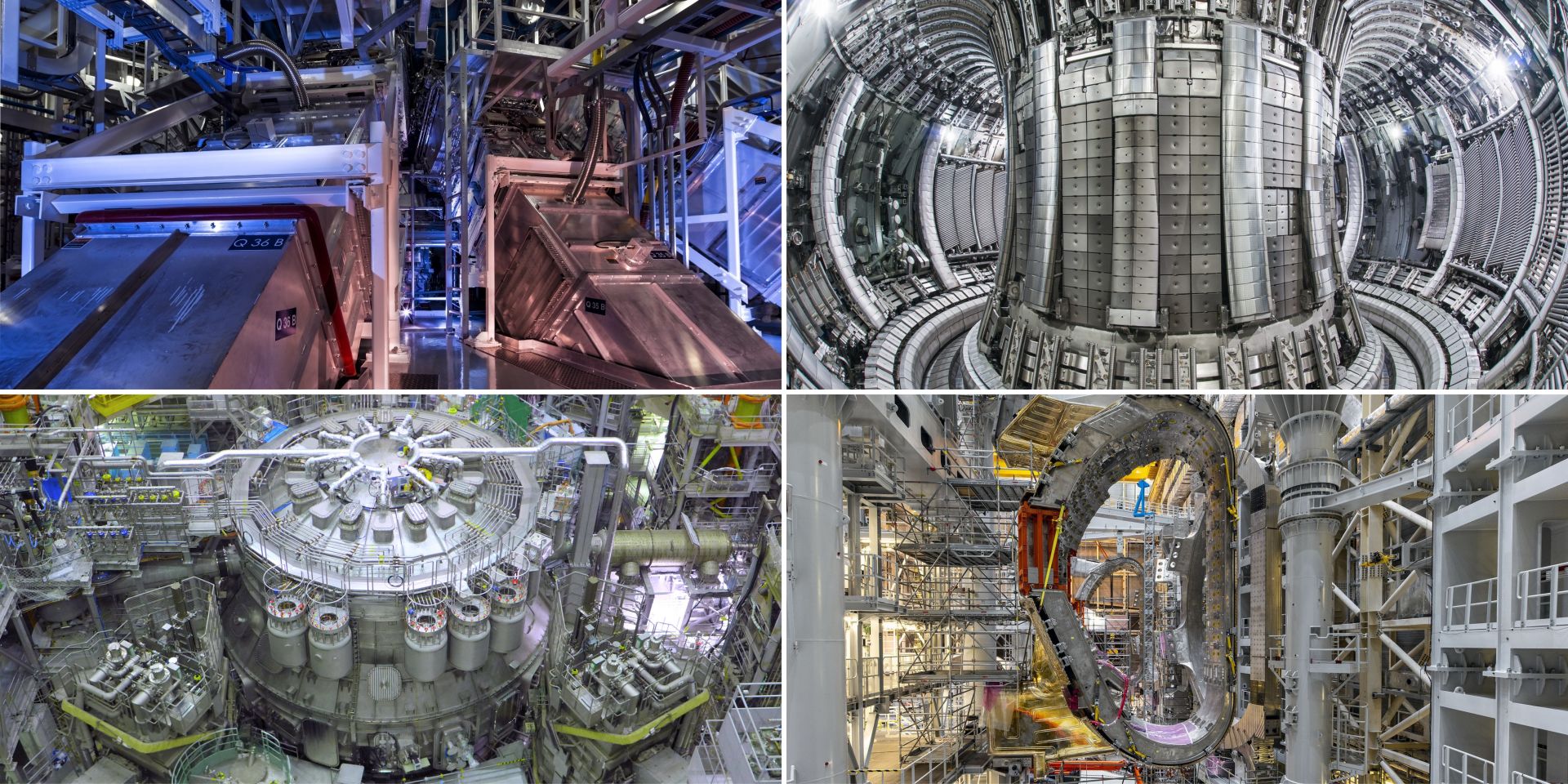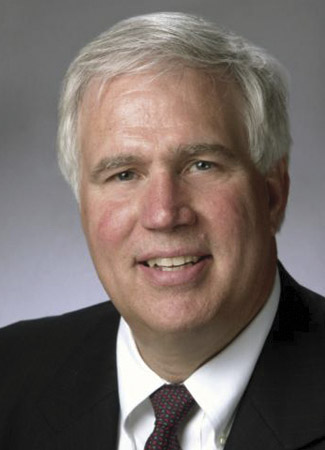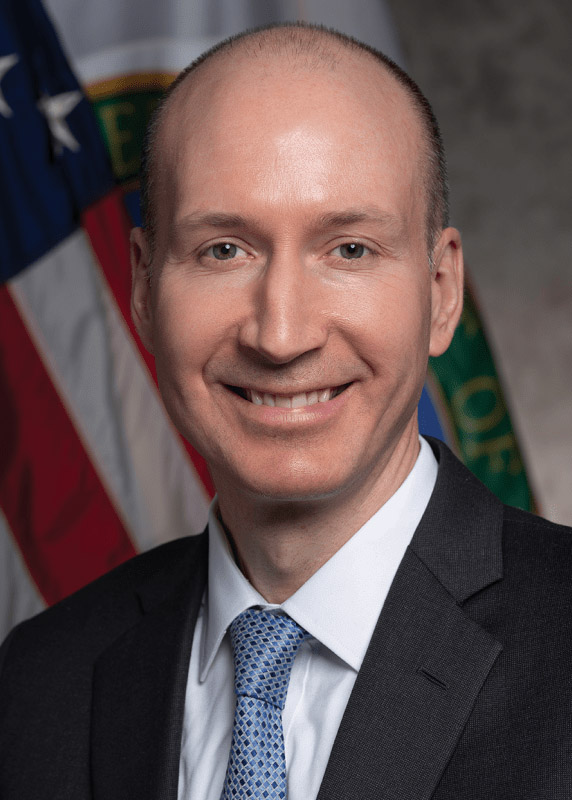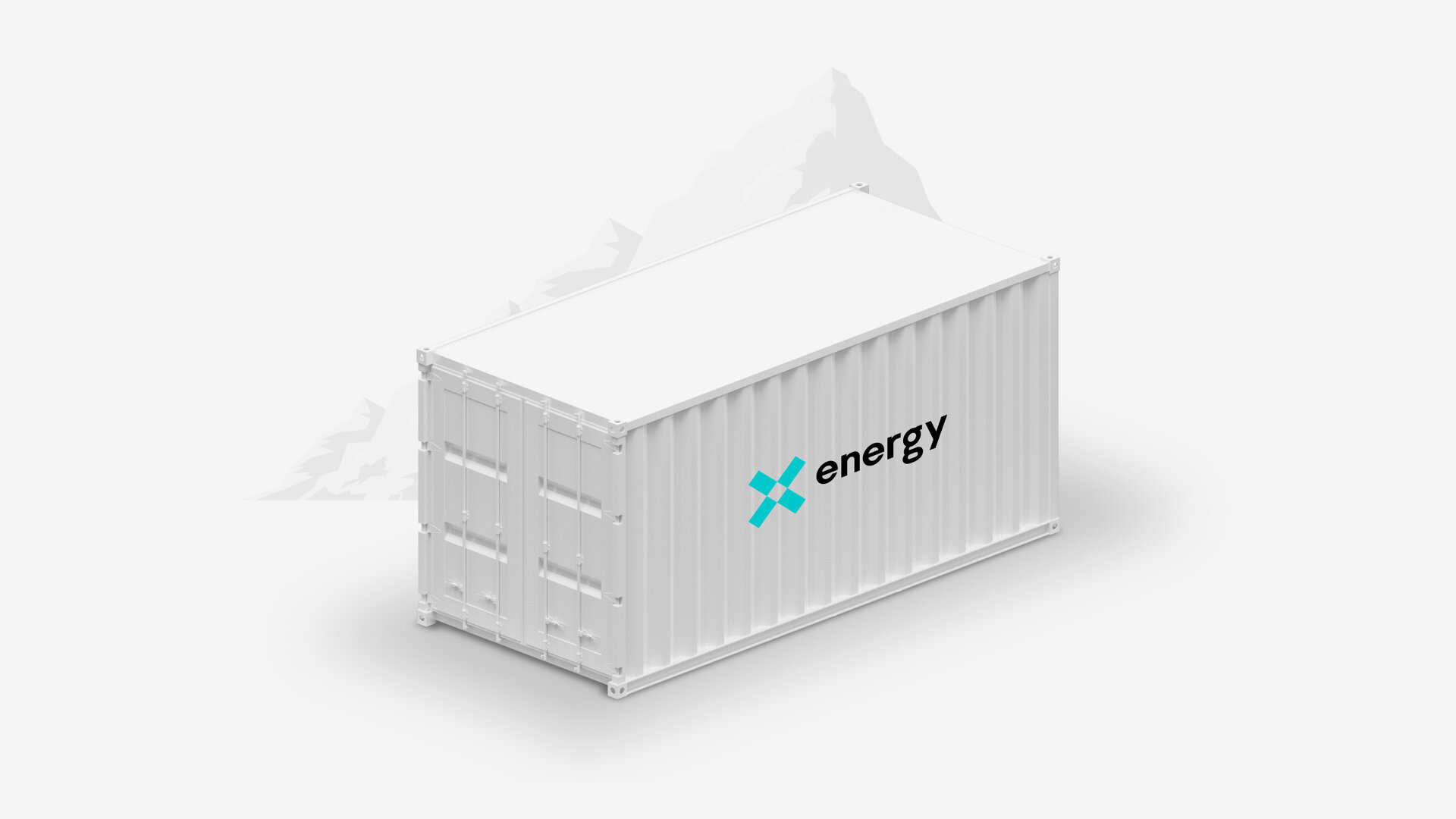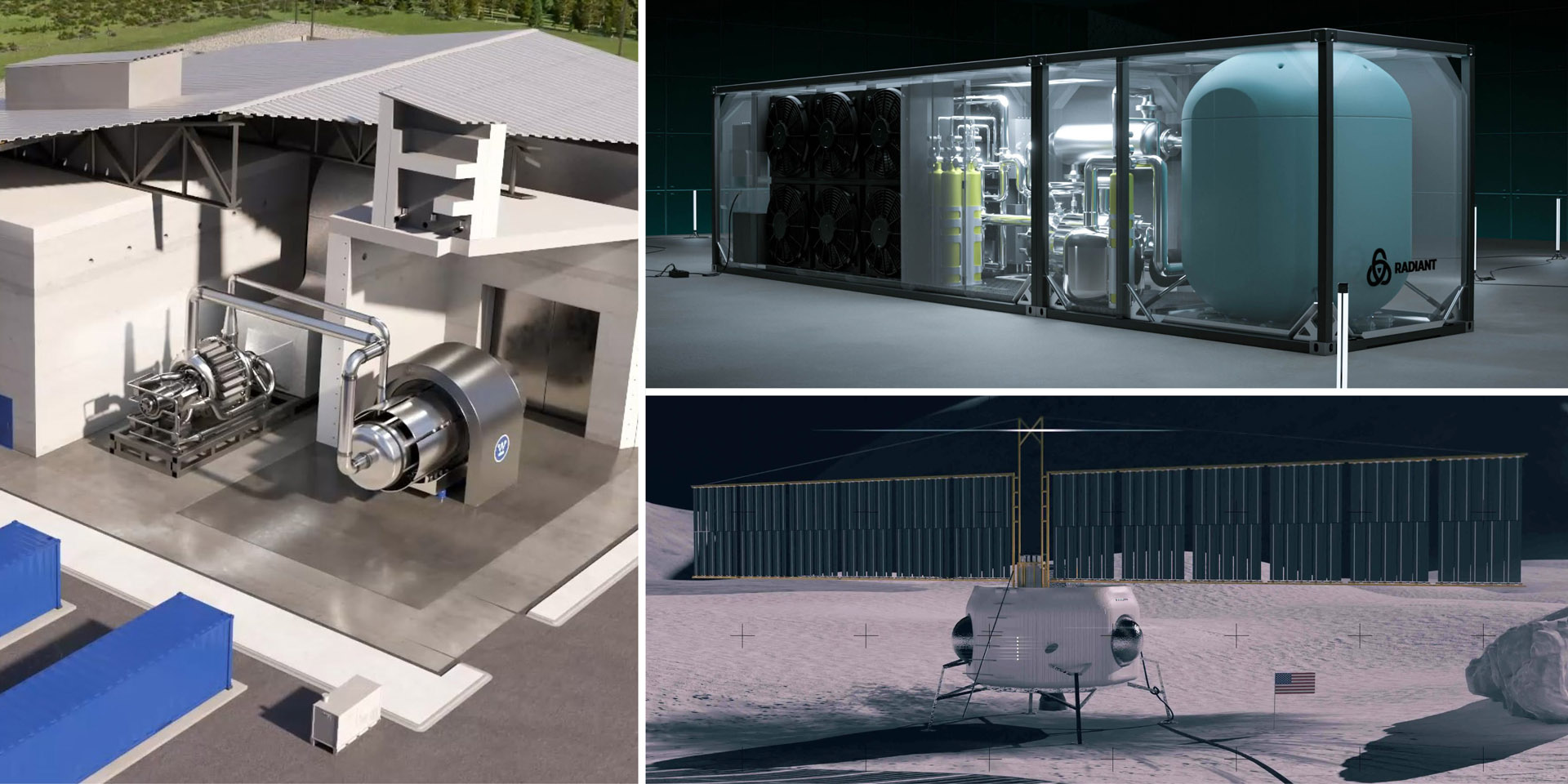Image from the DOE’s draft EA showing a rendering of the TFF building. (Image: DOE)
The Department of Energy’s Office of Clean Energy Demonstrations issued a draft environmental assessment (EA) in early November for a test and fill facility (TFF) that TerraPower plans to build in Kemmerer, Wyo.—the town selected two years ago to host the company’s first Natrium sodium fast reactor. The draft EA, open for comment through December 1, describes TerraPower’s plans to construct a nonnuclear facility that would safely store about 400,000 gallons of sodium to test coolant system designs and ultimately fill the planned reactor.
The Engineering Test Unit at KP Southwest. (Photo: Kairos Power)
In October, staff at Kairos Power’s testing and manufacturing facility in Albuquerque, N. M., began transferring 14 tons of molten fluoride salt coolant into an Engineering Test Unit (ETU)—the largest transfer of FLiBe (a mixture of lithium fluoride and beryllium fluoride) since the Molten Salt Reactor Experiment in 1969.
Concept art of a Rolls-Royce SMR plant. (Image: Rolls-Royce)
ULC-Energy, a nuclear development and consultancy company based in the Netherlands, has signed a memorandum of intent with Danish carbon emission reduction technology firm Topsoe and Britain’s Rolls-Royce SMR to investigate the production of hydrogen using Topsoe’s solid oxide electrolysis cell (SOEC) technology and electricity and heat from a Rolls-Royce small modular reactor plant.
Concept art showing inertial fusion ignition. (Image: Focused Energy)
Focused Energy and Lawrence Livermore National Laboratory have signed a strategic partnership project agreement that will allow LLNL—home of the National Ignition Facility (NIF)—to help the company develop and assess isochoric compression target designs for inertial fusion energy. Focused Energy announced the news on November 7.
Fabricated Z1 heat source in transfer port. (Photo: Zeno Power)
Zeno Power, a developer of commercial radioisotope power systems (RPSs), announced on October 26 that it has completed the design, fabrication, and testing of its Z1 strontium-90 heat source. According to Zeno, they have tested the first commercially developed radioisotope heat source and reached a key milestone for Zeno to begin delivering RPSs to customers in 2025.
Dongyu Qu, director general of the FAO (center left) with Rafael Mariano Grossi, director general of the IAEA and Najat Mokhtar, deputy director general and head of the IAEA Department of Nuclear Sciences and Applications (far right) on the sidelines of the World Food Forum. (Photo: D. Calma/IAEA)
The International Atomic Energy Agency and the Food and Agriculture Organization of the United Nations launched Atoms4Food on October 18 at the 2023 World Food Forum in Rome as a flagship initiative to help boost food security and tackle growing hunger around the world. Atoms4Food will support countries as they apply nuclear techniques to boost agricultural productivity, reduce food losses, ensure food safety, improve nutrition, and adapt to the challenges of climate change.
McMaster University’s Ousmane Hisseine is investigating how novel concrete materials can make SMRs safer. (Photo: McMaster University)
Ousmane Hisseine, an assistant professor of civil engineering at McMaster University in Hamilton, Ontario, is using his expertise in concrete infrastructure in hopes of improving the safety of small modular reactors.
Concept art of a nuclear thermal propulsion system. (Image: USNC)
Ultra Safe Nuclear (USNC) announced on October 17 that it had been awarded a contract by NASA to develop and mature space nuclear thermal propulsion (NTP) systems to advance the nation’s cislunar capabilities. Under the contract, USNC says it will manufacture and test proprietary fuel and simultaneously collaborate with its commercial partner, Blue Origin, to mature the design of an NTP engine optimized for near-term civil science and cislunar missions.
